Museongseowon Confucian Academy [UNESCO World Heritage] (무성서원 [유네스코 세계문화유산])
11.3Km 2025-01-17
44-12 Wonchon 1-gil, Chilbo-myeon, Jeongeup-si, Jeonbuk-do
Museongseowon Confucian Academy was built in 1615 to honor Silla's scholar Choe Chiwon (857-?). An important cultural heritage for understanding the principles of Confucianism and culture of the Joseon dynasty, it is recognized as a representative example of seowon architecture and listed as a UNESCO World Heritage Site. The traditional architecture still remains, and the surrounding scenery, including old ginkgo trees, is beautiful.
Andeok Health and Healing Village (안덕 건강 힐링 체험마을)
11.8Km 2025-10-23
72 Jangpa-gil, Gui-myeon, Wanju-gun, Jeonbuk-do
Andeok Health and Healing Village is nestled near a valley at the foot of Moaksan Mountain in Wanju. As Korea's first health and healing experience village, it offers experience programs and health and wellness classes. Health experience programs and health and wellness classes are professionally designed in collaboration with a traditional Korean medicinal clinic in Andeok Village. Therefore, it offers visitors opportunities to learn quality information and experience specialized programs.
Andeok Health and Healing Village consists of a healing experience center, Yochodang House, a food experience center, a traditional sauna, a well-being restaurant, and a convention hall. For accommodations, seven Hwangtobangs (red-clay cottages) are available as well as studio-type rooms at Soo Pension. These accommodation facilities are open to visitors regardless of whether they participate in programs run by the village or not.
The village's signature experience programs include the red-clay sauna where the floor is heated in the traditional manner. The walls are made of red clay mixed with traditional herbal medicinal water. When heated, the sauna effectively removes waste from the body. Other signature programs include making injeolmi (bean-powder-coated rice cakes) by cooking rice and pounding the rice dough using a mallet; and harvesting seasonal crops (e.g., potatoes, sweet potatoes, and corn)
Gudam Village (구담마을)
13.0Km 2024-04-07
49, Cheondam 1-gil, Imsil-gun, Jeonbuk-do
+82-63-644-9051
Located at the beginning of the Seomjingang River, the steep banks in Gudam Village are covered in maehwa (plum blossoms) in white and red. While strolling along the 3-kilometer-long path of the riverside that connects Gudam Village to Cheondam Village, tourists will be impressed by the beautiful scene created by the plum and cherry blossoms. The village became more and more famous thanks to its cozy ambience created by the Seomjingang River, plum blossoms and Zelkova at the mouth of the village, attracting visitors to enjoy a walking trip. The village has also served as a filming location for movies, including the film "Spring in My Hometown (1998)."
Moaksan Mountain (모악산)
15.6Km 2024-04-07
Gui-myeon, Wanju-gun, Jeonbuk-do
Moaksan Mountain is a mountain with an elevation of 793 meters, spanning across Gui-myeon in Wanju-gun, and Geumsan-myeon in Gimje-si, Jeollabuk-do. It overlooks the Honam Plain, a major agricultural region in Korea, and houses the precious Buddhist cultural heritage site, Geumsansa Temple, along with its subsidiary hermitages. To the north of the mountain lies the beautiful Gui Reservoir, and there are walking paths around the reservoir, providing a pleasant walking experience.
Moaksan Provincial Park (모악산 도립공원)
15.6Km 2024-04-07
Moak 15-gil, Geumsan-myeon, Gimje-si, Jeonbuk-do
+82-63-540-3103
Moaksan Mountain, embracing Geumsansa Temple, Gwisinsa Temple, Suwangsa Temple, and Daewonsa Temple, is 795.2 meters high and stands tall on the east side of the Gimje Plains, offering a panoramic view of the Honam Plains. It was designated as a provincial park in 1971 and is one of the four scenic views in the southern region, with outstanding scenery and many cultural properties, including national treasures. In particular, Geumsansa Temple, built in the first year of King Beop of Baekje (599) and with about ten major cultural properties, is located here, where you can see splendid Buddhist art. If you cross Moaksan Mountain, there are temples such as Daewonsa Temple and Suwangsa Temple on the southeastern slope. Gwisinsa Temple is on the west side. Geumpyeong Reservoir, located near the Geumsansa Temple entrance, is also a suitable fishing spot.
Moaksan Mountain has been considered the home of the Maitreya beliefs since ancient times, and along with the headquarters of Jeungsangyo, it also attracted attention as a gathering place for various new religions in the 30s and 40s. According to records, as many as 80 temples are at the foot of Moaksan Mountain. To hike, leave Geumsansa Temple and climb along the ridge behind Simwonam Hermitage. In spring, azaleas are in full bloom all the way to the top. From the summit, the Gimje Plains and the Mangyeonggang River come into view, as well as Jeonju and Unjangsan Mountain. The cherry blossom tunnel from the parking lot to Iljumun Gate is also spectacular.
Gimje Geumsansa Temple (금산사(김제))
15.6Km 2024-04-07
1 Moak 15-gil, Geumsan-myeon, Gimje-si, Jeonbuk-do
+82-63-548-4441
Geumsansa Temple, which stands tall at the entrance to Moaksan Provincial Park, was founded in the first year of King Beop of Baekje (599). It was rebuilt by Jinpyo in 776, leading to the appearance of a great temple. The precinct has about ten designated cultural heritages, including the Mireukjeon Hall, which is designated as a National Treasure. Many other annexed buildings make it one of the best ancient temples in the southern region. The wooden Mireukjeon Hall is Korea's only three-story Buddhist temple with a full-story interior. In spring, many tourists visit to see the spectacular sight of cherry blossom trees stretching from the mountain entrance to Geumsansa Temple. Even in the middle of winter, believers come to visit the Maitreya Bodhisattva statue in Mireukjeon Hall, bowing or circling the pagoda. The Maitreya Bodhisattva statue in Mireukjeon Hall is considered the world's largest indoor standing Buddha statue. Among the three Buddha statues, the middle Maitreya Bodhisattva statue is 11.82 meters tall, and the left and right Buddha statues are 8.8 meters tall. Various cultural events are held at the 1400th Anniversary Memorial Hall, built in 1999.
* Major cultural properties: Mireukjeon Hall (National Treasure), Stone Pillar (Treasure), Stone Lotus Pedestal (Treasure), Stele for Royal Preceptor Hyedeok at Geumsansa Temple (Treasure), Five-story Stone Pagoda of Geumsansa Temple (Treasure), Bangdeung Stairs at Geumsansa Temple (Treasure), Hexagonal Multi-story Stone Pagoda of Geumsansa Temple (Treasure), Flagpole Supports of Geumsansa Temple (Treasure), Three-story Stone Pagoda at Simwonam Hermitage of Geumsansa Temple (Treasure), Daejangjeon Hall of Geumsansa Temple (Treasure), and Stone Lantern of Geumsansa Temple (Treasure)
HOTEL MOAKSAN (호텔 모악산)
15.7Km 2024-08-01
104-10, Moaksan-gil, Gui-myeon, Wanju_Gun, Jeonbuk-do, Korea
+82-10-5333-3022
The Moaksan Motel is located in the tourism complex at Moaksan Mountain. Newly refurbished and re-opened, it is known as a clean, cozy hotel offering a high standard of customer satisfaction. The tourism complex comprises a large public parking lot, local food restaurants, and a football pitch among other facilities. Moaksan Mountain is a popular hiking destination among hikers and the people of Jeonju. In addition, the hotel is just three minutes’ walk from the Jeonbuk Province Art Museum, while Gui Reservoir, where the National Canoe Championships is held by the Korea Canoe Federation, is situated in front of the hotel. The hotel also offers easy access to public transportation as the bus stop (Bus No. 970) is situated in the tourism complex, allowing guests to travel directly to Jeonju Bus Terminal.
Yonggwonsan Sky Walk (용궐산하늘길)
16.2Km 2024-10-10
562 Janggunmok-gil, Donggye-myeon, Sunchang-gun, Jeonbuk-do
Yonggwolsan Sky Walk is a wooden trail built high up on the mountainside. Opened in 2023, the 1,096-meter-long trekking course offers thrilling views of the mountain's unique rock formations and an unobstructed view of the sky that is not for the faint of heart. It takes roughly 30 minutes to walk from the start of the trail to Biryongjeong Pavilion at the summit.
Pihyangjeong Pavilion (정읍 피향정)
16.3Km 2025-01-17
2951 Taesan-ro, Taein-myeon, Jeongeup-si, Jeonbuk-do
Pihyangjeong Pavilion is known to be the most outstanding pavilion in all of Jeolla region. Orignally, there were two ponds around the pavilion, but one of the ponds were filled up with soil during the Japanese period. The pavilion's name derived from the scent of water lilies that bloomed afloat on the ponds. The pavilion demonstrates all the basic components of a typical pavilion built during the Joseon dynasty and is valued as an historical example of a wooden architecture during the mid-Joseon dynasty.
Daeiljung (대일정)
16.4Km 2024-04-07
3 Suhakjeongseok-gil, Taein-myeon, Jeongeup-si, Jeonbuk-do
This Korean restaurant prides itself on serving an abundant Korean set meal, notably featuring the marinated hairy crab set menu and the grilled galbi patties set menu. Each set is accompanied by a lavish selection of 20 different side dishes. The marinated hairy crab, a seasonal delicacy, involves small river estuary crabs prepared in a savory sauce of green onions, red pepper paste, and soy sauce, ideally mixed with white rice. The grilled galbi patties, a harmonious blend of beef and pork, are grilled to perfection, offering a savory taste and a rich, juicy gravy. To conclude one's meal, enjoy a comforting serving of warm scorched rice soup and plum tea, which provides a gentle, soothing end to the rich flavors. Here, one can indulge in the full spectrum of sophisticated Korean cuisine.

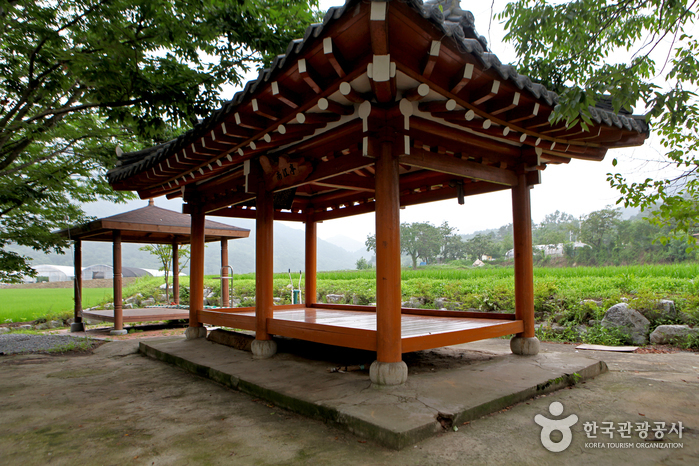
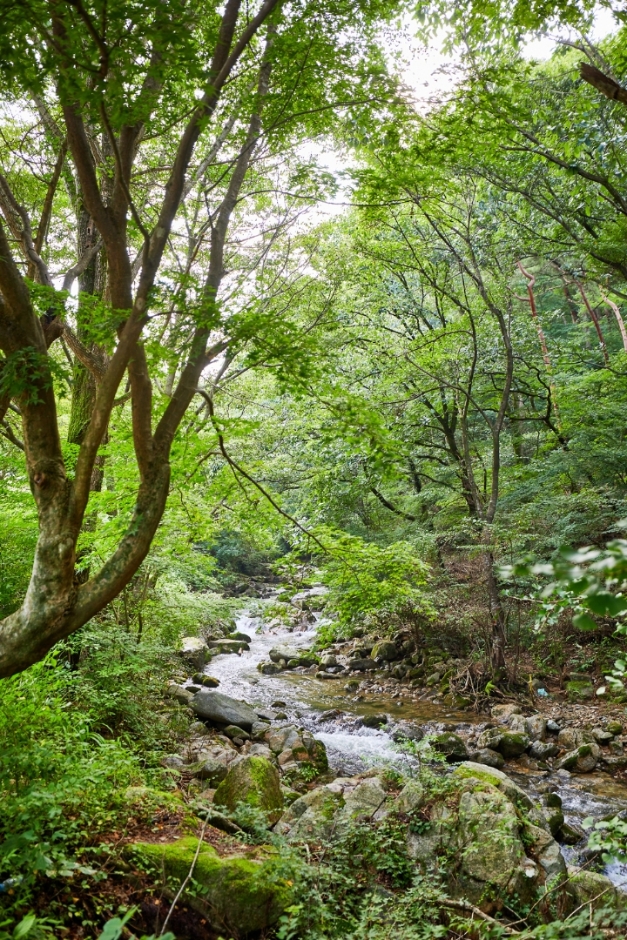
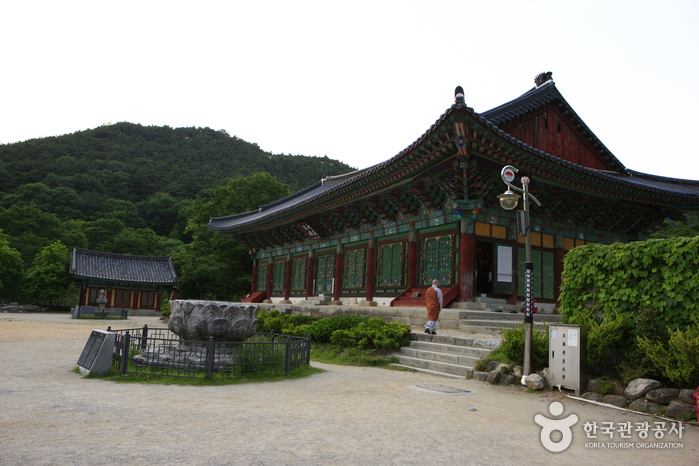
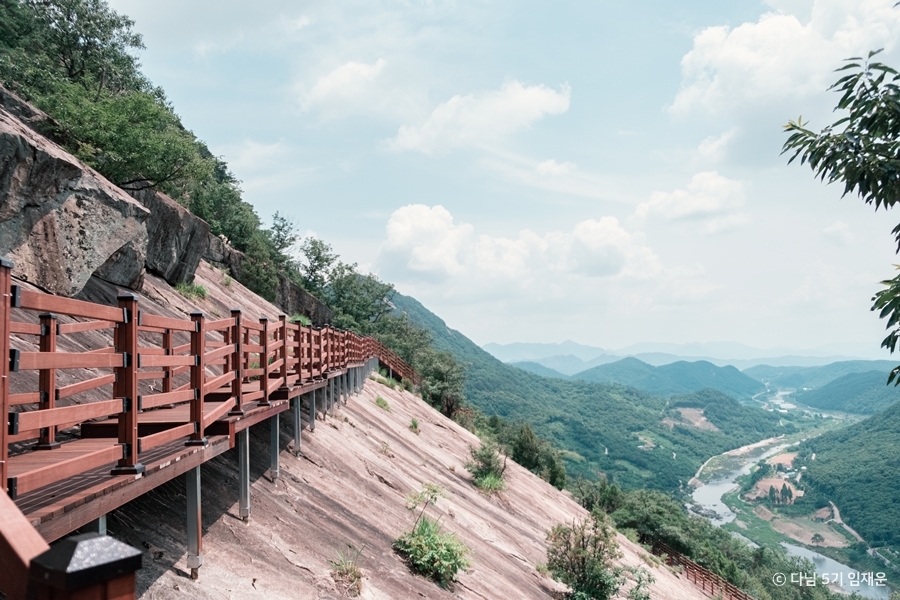
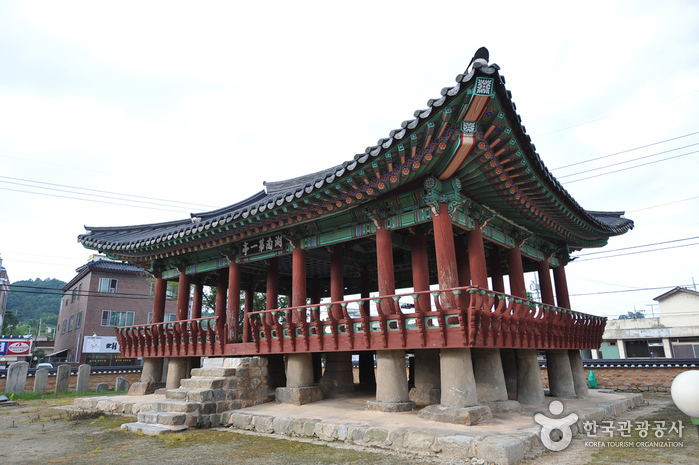
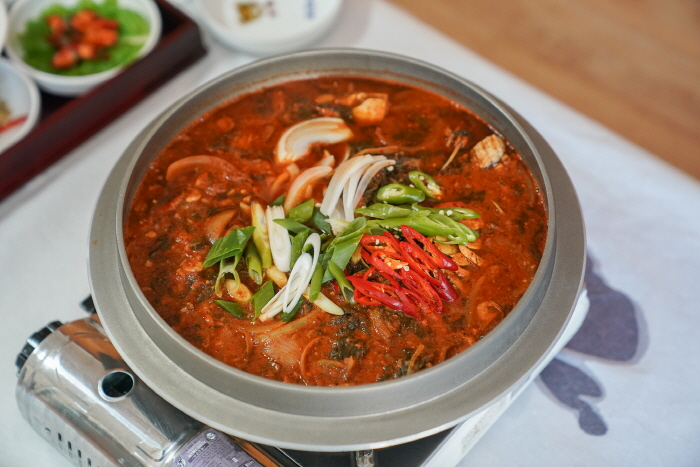
 English
English
 한국어
한국어 日本語
日本語 中文(简体)
中文(简体) Deutsch
Deutsch Français
Français Español
Español Русский
Русский